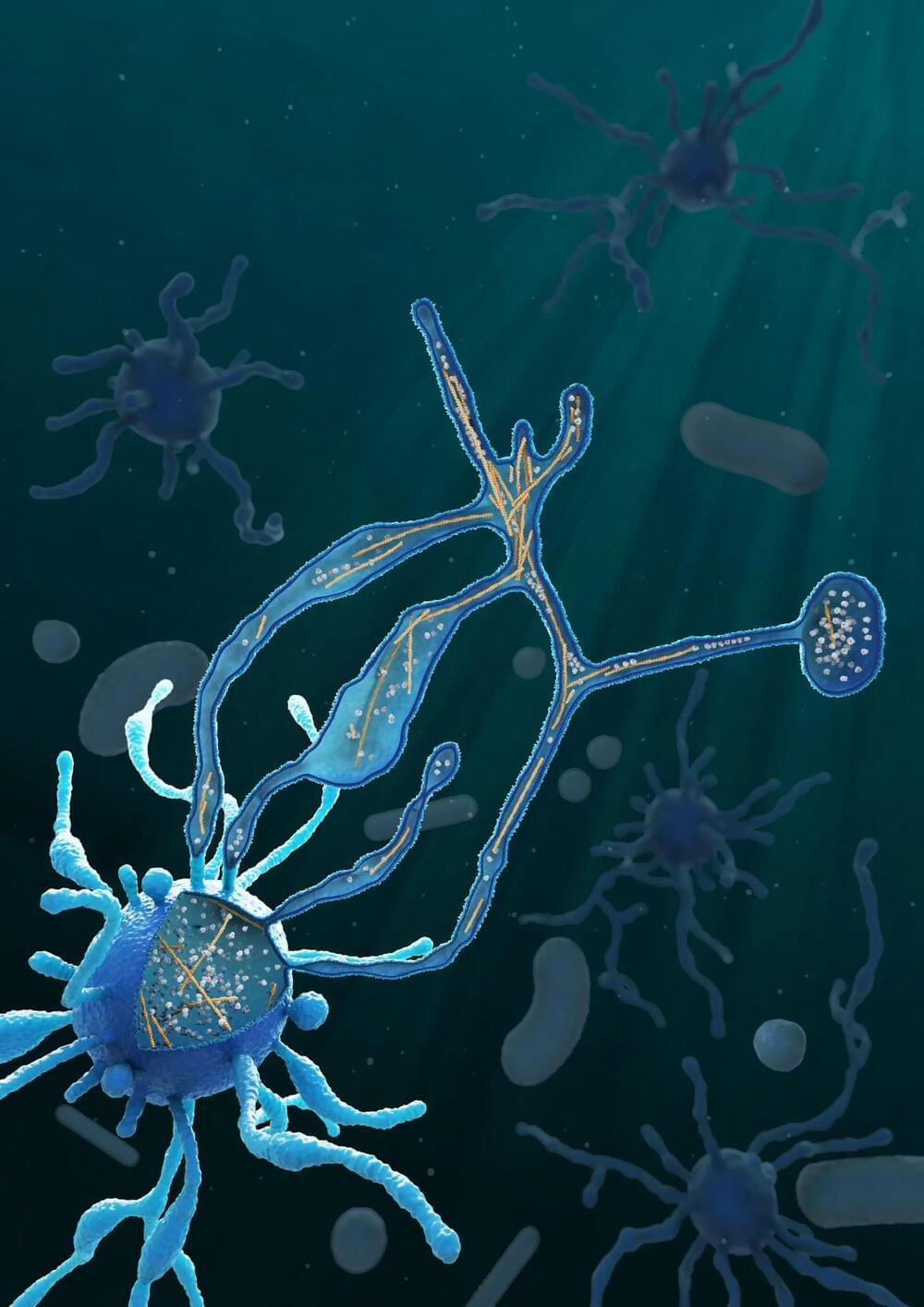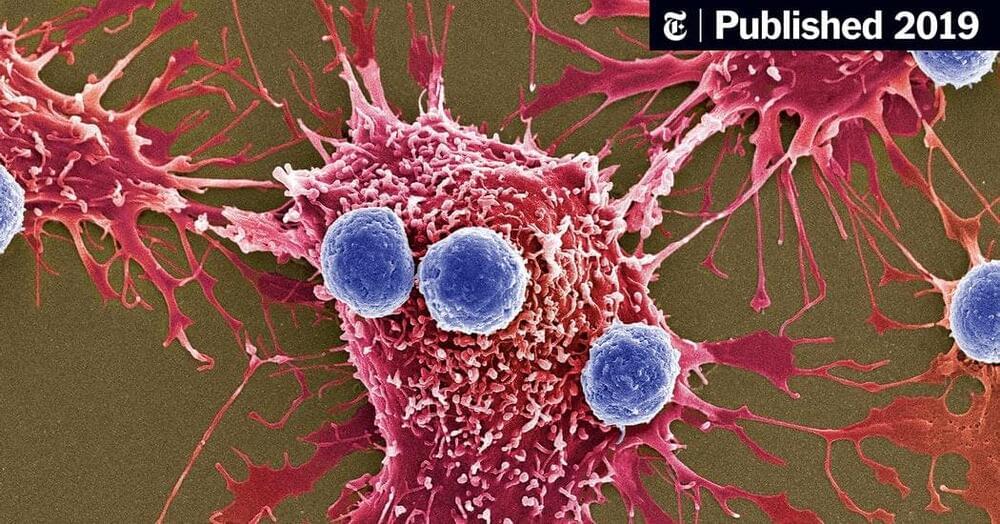
What led to the emergence of complex organisms on Earth? It’s a significant unanswered question in biology. Researchers from Christa Schleper’s team at the University of Vienna and Martin Pilhofer’s team at ETH Zurich have taken a step towards resolving it. The scientists succeeded in cultivating a special archaeon and characterizing it more precisely using microscopic methods.
This member of the Asgard archaea exhibits unique cellular characteristics and may represent an evolutionary “missing link” to more complex life forms such as animals and plants. The study was recently published in the journal Nature.
All life forms on earth are divided into three major domains: eukaryotes, bacteria and archaea. Eukaryotes include the groups of animals, plants and fungi. Their cells are usually much larger and, at first glance, more complex than the cells of bacteria and archaea. The genetic material of eukaryotes, for example, is packaged in a cell nucleus and the cells also have a large number of other compartments. Cell shape and transport within the eukaryotic cell are also based on an extensive cytoskeleton. But how did the evolutionary leap to such complex eukaryotic cells come about?

















